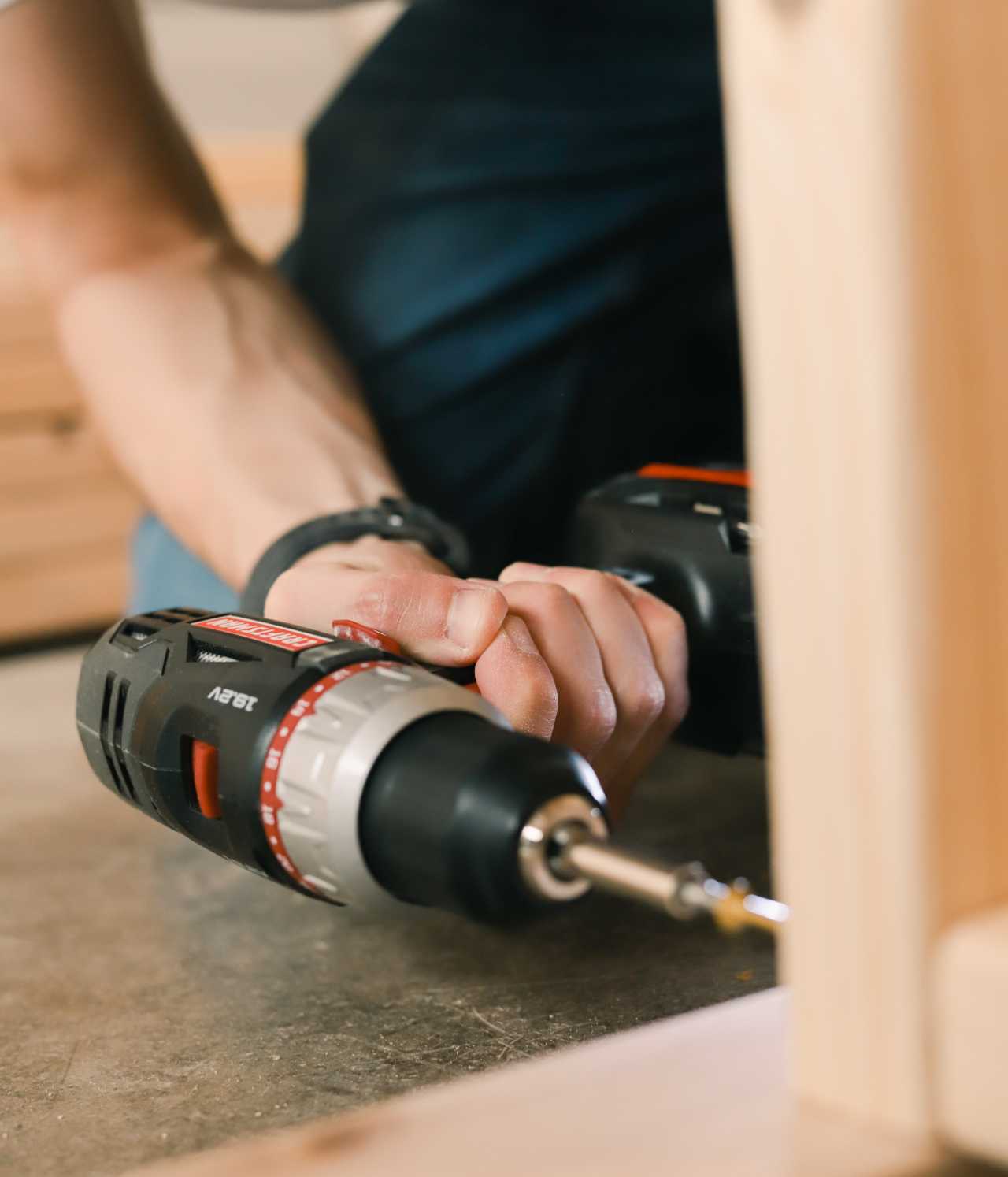
How to Pressure Wash a Deck: A Comprehensive Guide
How to Pressure Wash a Deck: A Comprehensive Guide
Quick Navigation
Hello folks! Today, I’ll be walking you through a task we’ve all pushed off for longer than we’d care to admit – maintaining our backyard decks. And here’s why we shouldn’t.
Importance of regular deck maintenance
Overview of pressure washing and deck staining process
Necessary Tools and Materials for Deck Pressure Washing
List of tools required
- Pressure Washer: The star of the show. It’ll do the heavy-duty cleaning.
- Stiff-bristled Brush: For scrubbing those stubborn patches of dirt.
- Spray Bottle: Handy for applying cleaners or stripping products.
- Protective Gear: Safety glasses and gloves are a must.
List of materials required
- Deck Cleaner or Stripper: These products will help loosen and remove the grime.
- Deck Brightener: This will refresh the look of the wood after cleaning.
- Deck Stain or Sealant: To protect your deck post-cleaning.
Estimating cost and time commitment
Now, pressure washing costs and time can vary depending on your deck’s size and the specific products you choose. But in general, you can expect to spend around $100-$200 and dedicate a weekend to this project.
Renting and Using a Pressure Washer
Never used a pressure washer before? No problem!
Where to rent a pressure washer

Appropriate pressure settings for deck cleaning
Using chemical cleaners with your pressure washer
You can add a deck cleaner or stripper to your pressure washer to boost its cleaning power. These chemicals help to break down the dirt and make it easier for the water pressure to wash it away.
Selecting and preparing deck stripping product
When picking a stripping product, choose one that’s biodegradable and non-toxic – safer for you and the environment. Mix it as per the instructions on the package, and you’re set!
Preparing Your Deck and Surrounding Areas
Performing necessary deck repairs before washing
Protecting nearby plants and structures
Cover any nearby plants or structures with plastic sheeting. The water pressure can be quite powerful, and we don’t want any collateral damage. Plus, it keeps them safe from any cleaning chemicals you might be using.
Alright, we’ve gathered our tools, prepped the deck, and are ready to move forward.
The Deck Pressure Washing Process
Alright, my friends, let’s get down to the meat of the matter – the actual process of pressure washing a deck. You’re about to discover it’s not as complicated as it might seem.
Step-by-step process to pressure wash a deck
- Step 1: Setting up the Washer – First off, let’s get that pressure washer ready. Hook it up to your water source, check the gas or electricity supply, and adjust the pressure to a gentle 500-600 PSI to start. Remember, we can always increase the pressure if necessary.
- Step 2: Wetting the Deck – Before we introduce the pressure washer, let’s wet the deck with a garden hose. It helps soften the dirt and preps the wood for the main event.
- Step 3: Spraying the Cleaner – With your deck now wet, it’s time to spray on the cleaner. You can either load it into your pressure washer’s detergent dispenser or use a separate sprayer. Give it a good 10-15 minutes to work its magic on the grime.
- Step 4: Pressure Washing – The stage is set. Time to bring out the big gun. Starting at one end of the deck, wash the surface with the pressure washer, moving it along the grain of the wood. Remember, slow and steady wins the race here.
Cleaning deck railings
Cleaning deck boards
Cleaning gaps between deck boards
Tips for stubborn dirt and mildew
Brightening Your Deck Post-Washing
Using deck brightener
This is where the deck brightener steps in. It rejuvenates the wood, bringing out its natural color and opening up its pores for the staining that’ll follow. Make sure you choose a brightener that’s suitable for the type of wood your deck is made of.
Applying brightener using pressure washer
Rinsing off your siding
In case some brightener overspray landed on your house siding during this process, don’t worry. A quick rinse with a garden hose will remove any residue.
And there you have it! At this point, your deck should be clean, bright, and ready for the next steps in the deck restoration process, which I’ll guide you through in the upcoming sections.
Post-Cleaning Deck Inspection
Fixing loose boards
Handling raised nails and screws
Dealing with Stubborn Stains
Treating mold, mildew, and algae
Dealing with fastener stains
Applying Finish to Your Deck
Selecting the right finish for your deck
Staining the deck railings, posts, and boards
Using an extension pole for deck staining
Using a spray bottle applicator for hard-to-reach areas
Drying time and precautions post-staining
After all this hard work, the last thing we want is to spoil our newly stained deck. Let it dry for at least 24-48 hours before walking on it or placing any furniture. And keep an eye on the weather; rain can ruin a fresh stain job, so plan accordingly.
Our deck is now looking as good as new, and it’s all thanks to a little elbow grease and the power of pressure washing.
Pressure Washer Safety
Necessary safety gear
Safety precautions while using pressure washer
Choosing the Best Stain for Your Deck
Oil-based vs. water-based stains
The big decision here is between oil-based and water-based stains. Oil-based stains penetrate the wood deeply and provide strong water resistance, but they may require more effort to apply and can be messier. Water-based stains are easier to clean up, they’re friendlier to the environment, and they tend to resist mildew better.
Selecting the right stain color for your deck
When it comes to color, think about what fits with the surroundings and the color of your house. Test a small amount of stain in an inconspicuous area to ensure you’re happy with the color before you go all-in.
Conclusion
Maintenance tips for keeping your deck clean
The benefits of regular pressure washing and staining
If you like this article, you might also be interested in finding out how to winterize your pressure washer or pressure washing as a business. Or check out my guide on pressure washing cars.
Join The Ride
Subscribe to our occasional newsletter with the best power tool deals and how-to guides
